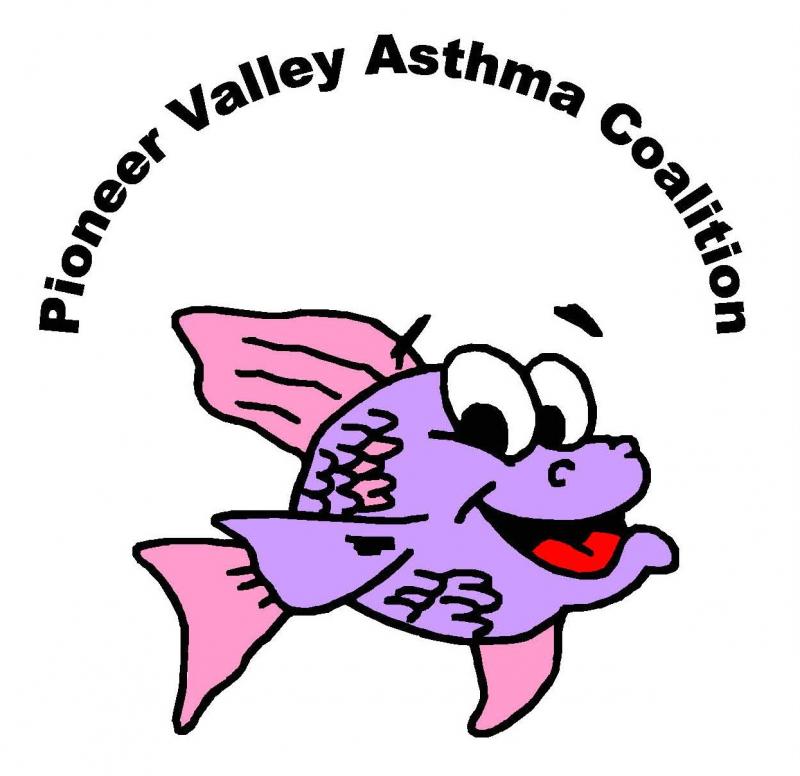Principles of a Healthy Home
We all spend a lot of time indoors. Certain conditions in the home, like mold or lead paint, can take a toll on the health of your family and your wallet. Unhealthy conditions in our homes may result in lost school or works days and increased doctor’s visits or trips to the emergency room. The good news is that you can make your home a healthier and more energy efficient place by following the Eight Principles of a Healthy Home.
Download a one-page summary of Healthy Homes Principles in English and Spanish.
Keep It
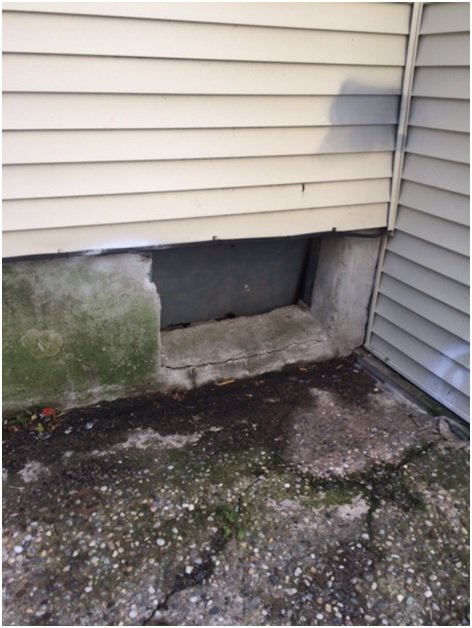
Dry
Moist environments can lead to the growth of mold in your home. Not only is mold ugly to look at, but it can cause and worsen health problems, including allergies and asthma. Take these steps to keep a dry home:
- Prevent water from entering your home through leaks in your roof;
- Prevent rain water from entering your home due to poorly managed drainage around the outside of the home;
- Regularly check your interior plumbing for any leaking.
Learn more about mold and moisture in your home and specific steps you can take to address it.

Clean
Dirty environments can attract pests, like mice, cockroaches, and dust mites. Dust mites, pest droppings/urine, and pet hair can all exacerbate respiratory problems like asthma. Take these steps to keep your home clean:
- Control the source of dust and contaminants;
- Create smooth cleanable surfaces;
- Reduce clutter;
- Use effective wet-cleaning methods
- Not all cleaning methods are equal. Many household cleaners are toxic and emit harmful VOCs (volatile organic compounds) which worsen asthma and have many short and long term health effects.
Click here to learn more about pests, including specific steps you can take to address these hazards and keep a clean home. Link to Pests. Learn more about VOCs, including specific steps you can take to address these hazards and keep a clean home.

Pest-Free
Not only are common pests like mice and cockroaches annoying, but they can be hazardous to you and your family’s health. Pests can carry infectious diseases, and pest droppings and urine can actually exacerbate conditions like asthma. Many of the chemicals we use to control pests can contaminate our air and worsen allergies and asthma. Additionally, many of these chemicals aren’t even very effective! Take these steps to keep your home pest free:
- All pests look for food, water, and shelter;
- Seal cracks and openings throughout the home;
- Store food in pest-resistant containers;
- If needed, use sticky-traps and baits in closed containers, along with less toxic pesticides such as boric acid powder.
Learn how to make your home pest free with Integrated Pest Management (IPM).
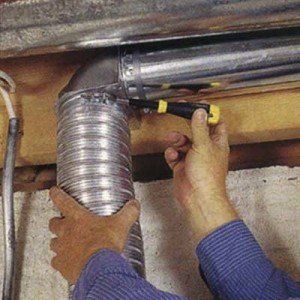
Ventilated
Proper ventilation in your home can reduce indoor air pollution including hazards like moisture, environmental tobacco smoke, particulate matter, allergens, mold, VOCs (volatile organic compounds), carbon monoxide, and formaldehyde. Take these steps to keep your home well-ventilated:
- Ventilate bathroom and kitchens;
- Use whole house ventilation for supplying fresh air to reduce the concentration of contaminants in the home.
Learn more about: Mold & Moisture, Carbon Monoxide, Tobacco Smoke, VOCs.
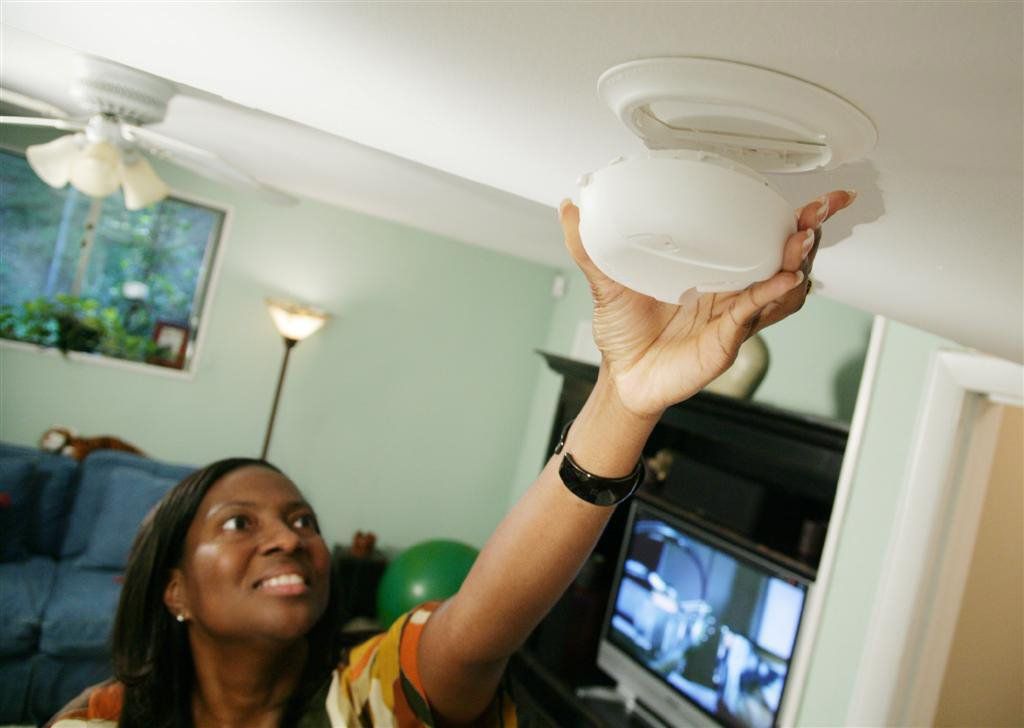
Safe
There are many ways you can be injured in your own home ranging from falls, poisoning, fires and burns, and more. Many home injuries are preventable. Take these steps to make your home safe:
- Store poisons out of reach of children and property label;
- Secure loose rugs;
- Keep children’s play areas free from hard or sharp surfaces;
- Install smoke and carbon monoxide detectors and keep fire extinguishers on hand.
Learn more about reducing safety hazards in your home. You can also learn more about Carbon Monoxide or Fire.
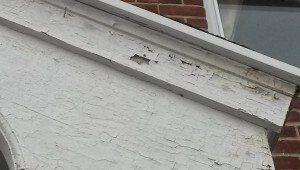
Contaminant-Free
Chemical exposures include lead, radon, pesticides, volatile organic compounds, and environmental tobacco smoke. Exposures to asbestos particles, radon gas, carbon monoxide, and second-hand smoke are far higher indoors than outside. Take these steps to make your home free of contaminants:
- Reduce lead-related hazards in pre-1978 homes by fixing deteriorated paint and keeping floor and window areas clean using a wet-cleaning approach;
- Test your home for radon, a naturally occurring dangerous gas that enters home through soil, crawlspaces, and foundation cracks;
- Install a radon removal system if levels above the EPA action-level are detected.
Learn more about hazards in your home.
Maintained
Poorly-maintained homes are at risk for moisture and pest problems. Deteriorated lead-based paint in older housing is the primary cause of lead poisoning, which affects some 240,000 US children. Take these steps to keep your home well-maintained:
- Inspect, clean, and repair your home routinely;
- Take care of minor repairs and problems before they become large repairs and problems.
Learn more about maintenance to keep your home healthy.
Energy Efficient
In addition to the significant negative health outcomes due to excess heat and cold, improving energy-efficiency provides much needed financial relief.
Take these steps to keep your home energy efficient:
- Use reduced amounts of energy, water, and resource consumption
- Make energy efficient improvements, such as replacing hot water heater for more efficient model
- Weatherization, including insulation, air-sealing, weather-stripping, and window efficiency
- Maintain efficient heating and cooling system, air flow and temperature distribution, and efficient hot water system.
